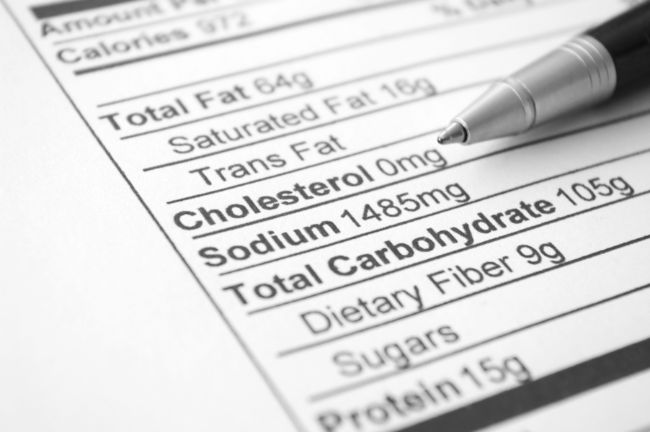How to Start a Low-Sodium Diet
May 9 2018A high-salt diet can up your odds for high blood pressure, heart disease and stroke.
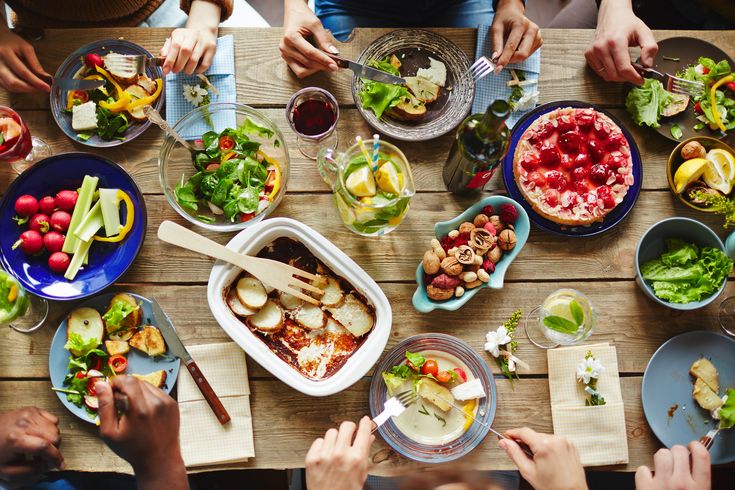
The average Australian consumes 4,000 milligrams of sodium a day- well above the recommended 2,300 milligrams for healthy adults. Most of the sodium we consume doesn’t come out of a salt shaker. It hides in breads, condiments, deli meats and other processed foods.
It’s no secret that eating too much sodium is bad for your health. Research has shown time and again that a high-salt diet can up your odds for health problems like high blood pressure, heart disease, and stroke. But how can you tell if you need to follow a low-sodium diet? If so, how much sodium do you really need to cut out?
The answer: it really depends. Healthy adults should aim to get no more than 2,300 milligrams of sodium per day-about the amount of salt you’d find in 13 snack-sized bags of potato chips.
And that 2,300-milligram limit isn’t right for everyone, either. If you suffer from (or are at risk for) conditions like high blood pressure and heart disease, you’ll probably need to slash your sodium intake even lower.
Here’s a look at who should be following a low sodium diet, plus how to do it without sacrificing flavour.
Who should follow a low-sodium diet?
Not everyone needs to adhere to a low-sodium diet, which is defined as less than 1,500 milligrams of sodium per day. As long as you stick to the 2,300-milligram limit, it’s not a nutrient that will do your body any harm. “You do need some in your diet,” explains dietitian Erin Palinski-Wade.
However, if you fit into one of the following groups, ask your doctor if a low-sodium diet may help improve your health.
You have high blood pressure (or are at risk for it)
If you have a reading of 130/80 or higher, you have high blood pressure. When there’s excess sodium in your system, it pulls water into your blood vessels. This increases your blood pressure and forces your heart to work harder. Decreasing your salt intake can help improve your numbers and take some stress off your heart, lowering your cardiovascular disease risk. Additionally, folks over the age of 51 and people with diabetes all have an increased risk of high blood pressure, and may also benefit from a low-sodium diet.
You have heart or kidney disease
Eating too much salt can cause fluid retention, which can exacerbate problems associated with heart and kidney disease, explains dietitian Kristin Smith.
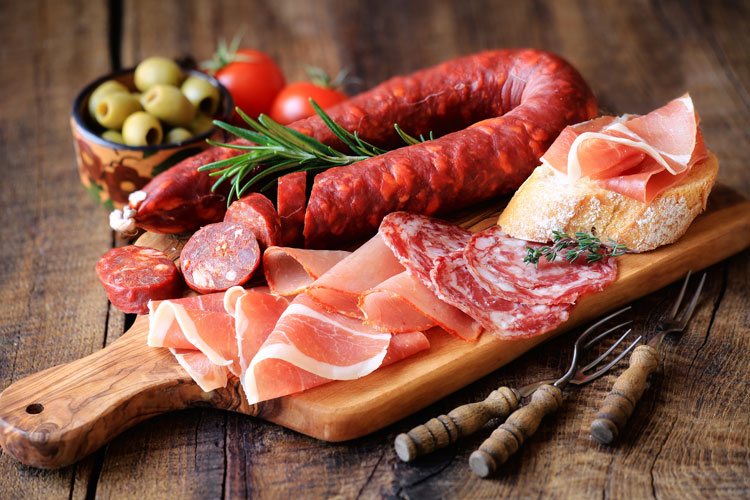
What foods are high in sodium?
Packaged or highly processed foods are the biggest culprits by far. In fact, they make up a whopping 70 percent of the sodium in most people’s diets, according to an American Heart Association study. In other words, most of your salt in your diet probably isn’t coming from a salt shaker.
Aiming to eat fewer processed foods and picking low-sodium alternatives will go a long way towards helping you lower your sodium intake, Smith and Palinski-Wade say. Some of the most sodium-laden offenders include:
- Canned soups
- Condiments, broths and sauces, especially soy sauce
- Deli meats
- Processed cheeses
- Frozen meals
- Pizza
Eat Smart Tip
Processed food doesn’t have to taste salty for it to be high in sodium. Sodium is often used as a preservative, and it also helps to balance out flavours, Palinski-Wade says. So even things like bread, cereal, baked goods and desserts can be loaded up with salt. The bottom line: always check the nutrition label. Anything that has more than 400 milligrams of sodium per serving should stay on the supermarket shelf.
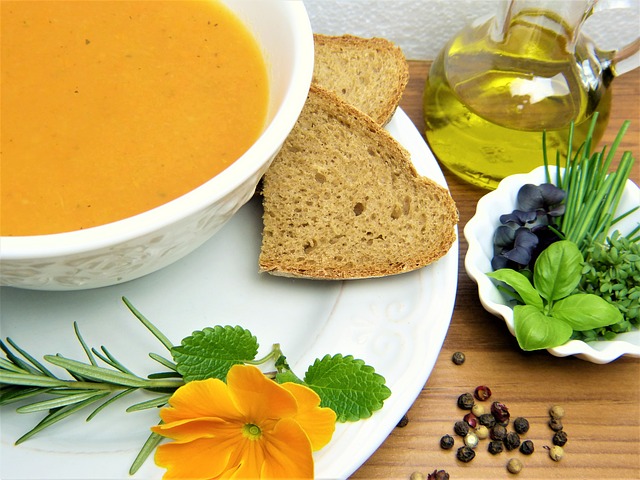
What foods are low in sodium?
Sticking mostly with fresh, minimally processed foods is the way to go. Most are naturally sodium-free, so the only salt you’ll get is what you add yourself. Options include:
Fruits and vegetables
Pick fresh or plain frozen produce without added sauces or seasonings. Canned fruits and veggies are okay, too-just look for no-salt-added varieties, and rinse them under cold water before eating.
Whole grains prepared without salt
Quinoa, millet, brown rice and oats are all wholesome choices. To flavour your grains without salt, season them with fresh herbs like thyme, ground pepper or rosemary. You could also mix them with sautéed vegetables like onions, leeks or mushrooms, which will all contribute robust flavours.
Lean proteins prepared without marinades or salt
Frozen, unsalted, shellfish, chicken, turkey breast, lean beef, pork tenderloin and eggs fill you up and fuel your muscles. There are also a number of high protein plant-based foods to choose from.
Beans and legumes
Canned, boxed, or dry are all fine, as long as you buy sodium-free and rinse them before eating.
Low-fat dairy
Milk and plain yogurt are both good options. One thing worth noting, though: not all cheeses are created equal. Blue cheese, feta and processed cheeses, like string cheese, are all high in salt. Goat cheese, mozzarella and Swiss contain more moderate amounts of sodium.
Healthy fats
Eating healthy fats may improve heart health, and are also naturally low in salt. Olive oil, avocado and raw, unsalted nuts or seeds are just a few worth adding to your diet.
How do I cut sodium from my diet?
There are simple steps you can take at the grocery store, at home, and when you go out to eat, that can help you consume less sodium. Together, they’ll make a big difference in your total salt intake:
Read food labels
You don’t have to cut out packaged foods altogether. Just check the nutrition facts to see how much sodium an item contains. Smith recommends choosing foods with less than 400 milligrams of sodium per serving.
Cut back gradually
Going cold turkey can be tough if you’re used to super-salty flavours, food will taste very bland at first. Try adding half the amount of salt you usually do to foods and giving yourself time to adjust before cutting back more. Similarly, instead of going straight for sodium-free packaged items, train your taste buds on low-sodium options first.
Be savvy at restaurants
They tend to go way heavier on the salt than you would at home, so don’t be afraid to put in some custom requests. Ask that your meal be made with less salt (or no salt), and ask for sauces and dressings on the side, Smith says. This way you can add a small amount yourself at the table.
Add flavour without salt
Experiment cooking with fresh herbs, spices, citrus juice or aromatics like ginger or garlic, Palinski-Wade suggest. You can even pick up a few salt-free herb blends, which make cooking sans sodium quick and easy.
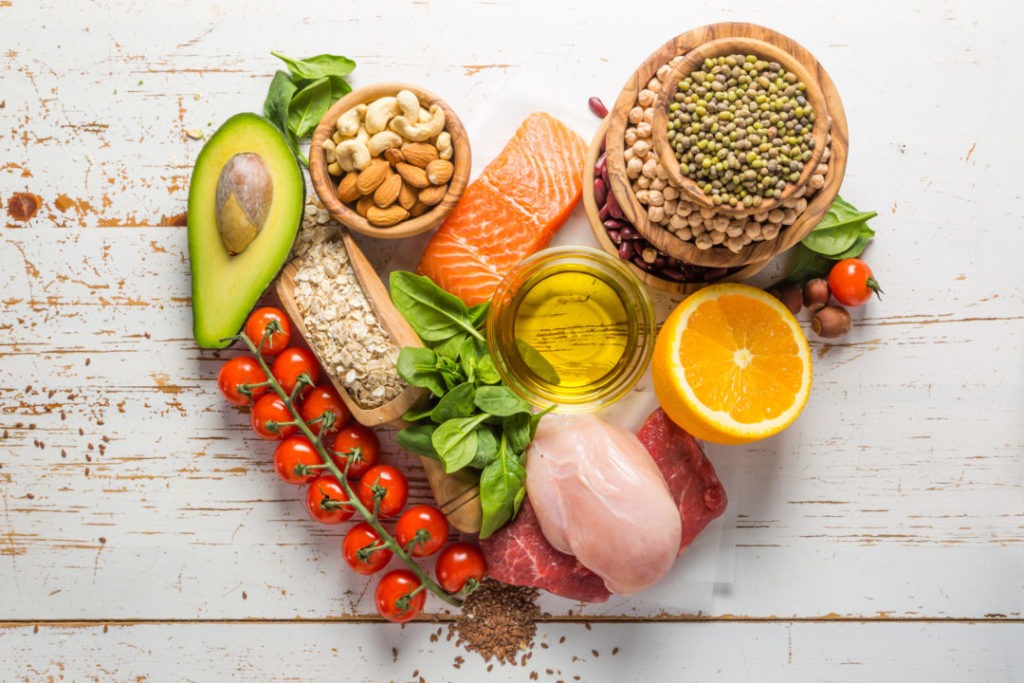
The best low-sodium diet to follow
If you’re looking for a more detailed low sodium plan to follow, the DASH Diet may be the way to go-and is a diet many doctors recommend. (DASH stands for Dietary Approaches to Stop Hypertension). In addition to being lower in salt, it also emphasizes foods like fresh fruit and vegetables, whole grains, and low-fat dairy. These are rich in potassium, magnesium and calcium-minerals that can help lower blood pressure even more.
Sourced from Prevention.

